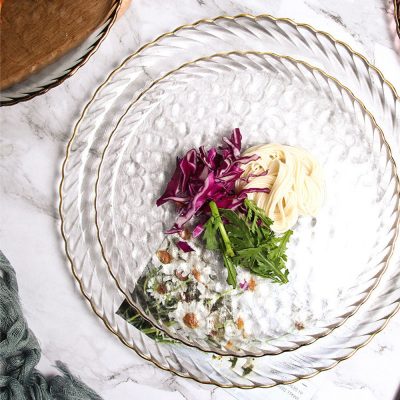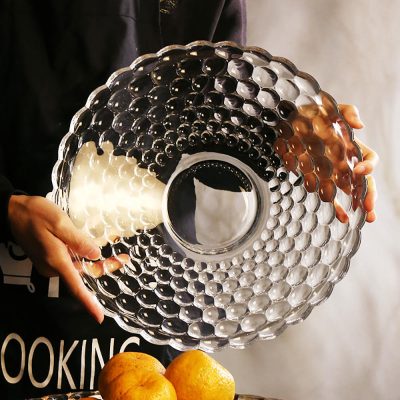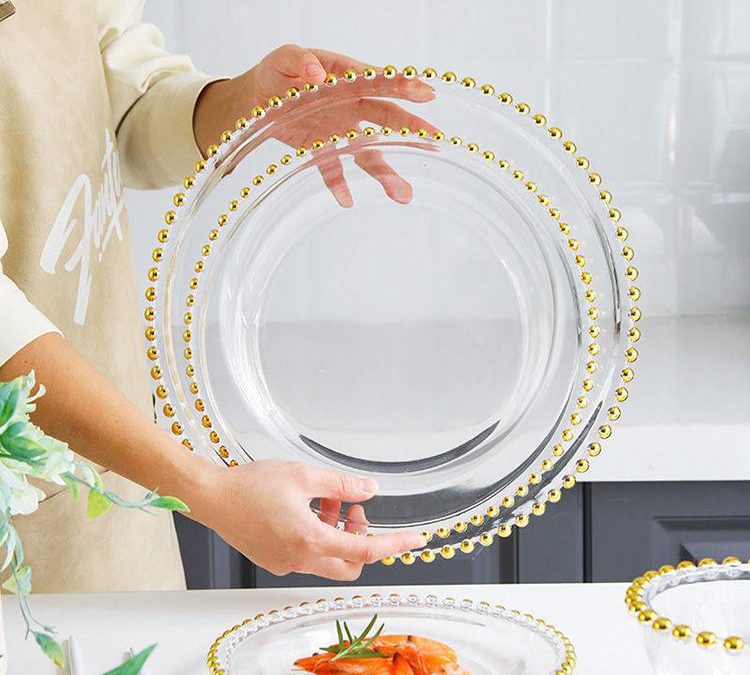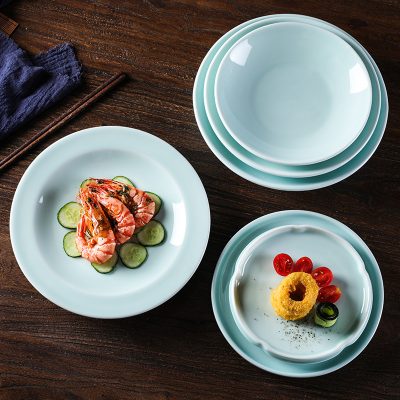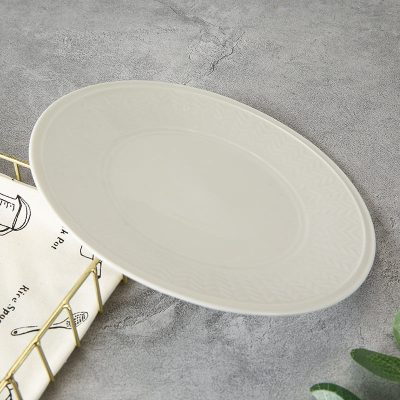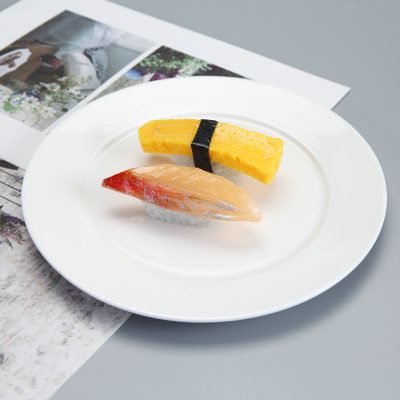- Contact us now!
- +86 18868944843
- been@thingegr.com
Precautions for purchase of glass tableware
1. Cracking risk of tempered glass tableware
Nowadays, in many families, glass tableware has become a necessary commodity. In ordinary days, many consumers are used to using glass tableware to hold milk or food, and then put it into the microwave oven for heating. So, is it safe to do so? Can all glass tableware be heated by microwave oven? The answer must be ON. Now there are two kinds of mainstream glass tableware materials in the market: one is tempered glass; The second is heat-resistant glass. Meanwhile, tempered glass has high impact strength and certain heat resistance; The heat-resistant glass has good heat resistance and strong stability. It is safer to heat it in a microwave oven or electric oven. Although tempered glass can also be used for microwave heating, it has potential crack risk. The “perpetrators” of the crack reported by the media are basically tempered glass.
2. Disordered commodity information labeling
In large supermarkets and stores, the clarification of the glass fresh-keeping boxes sold by them should clearly indicate the raw materials of the goods, precautions for use, and other information, such as how to use them in the oven, and under what conditions they will cause risks. However, some commodities are simply marked with the word “glass” on the raw materials, without indicating what kind of glass it is or whether it can be used for microwave oven or electric oven heating. Even more, the manufacturer simply marked the product name and barcode, and other information is unknown. Other product information is marked in English and Korean, and consumers can’t get more product information from it. Some commodities not only have no heat-resistant specifications, but also have no information about raw materials. Their safety is worrying.
3. Consumers choose and buy by experience
How do consumers choose and buy the dazzling glass tableware? Consumers usually prefer to buy toughened glass tableware when purchasing glass tableware, and usually think that the thicker the glass is, the less fragile it is, and the better the heat resistance is.
4. The specification of heat-resistant glass needs to be improved
According to the rules in the industry standard Tempered Glassware for Food and Beverage (qb/t4064-2010), the thermal shock resistance function of tempered glassware for food and beverage should reach 130 ℃ (high and low temperature difference in a flash), and the cracking rate should not be greater than 10%. That is to say, under the condition of rapid temperature change, it is allowed that the finished tempered glass has a certain self-explosion rate. In addition, according to the rules of the Safety and Cleaning Requirements for Heat-resistant Glassware (gb17762-1999), the heat-resistant impact temperature of the superior products of heat-resistant glassware (refers to the maximum temperature difference that the heat-resistant glass can accept, and the maximum temperature difference between cold and hot that the glass can accept within the scope of this parameter) is 120 ℃, and the qualified products are 110 ℃; The thermal shock temperature of superior products of blown heat-resistant glassware is 170 ℃, and that of qualified products is 150 ℃. That is to say, within this scale, there should be no explosion. Many Chinese production companies do not produce heat-resistant glass products in strict accordance with the national standards, and even some companies use ordinary soda-lime glass as heat-resistant glass, which brings safety risks to consumers’ use.
Conclusion: The glass tableware is clean and beautiful, crystal clear. However, poor shopping will also cause great trouble to the family. Therefore, special attention should be paid to the purchase of products with safety risks because of greed for temporary cheap.
